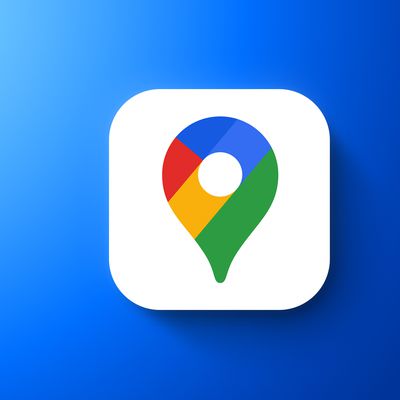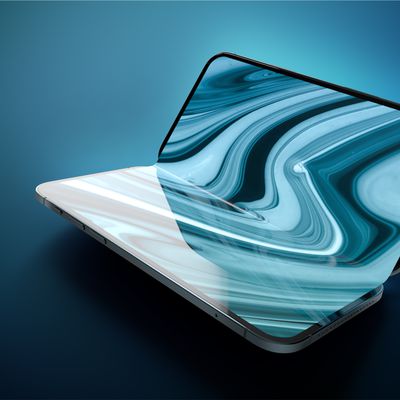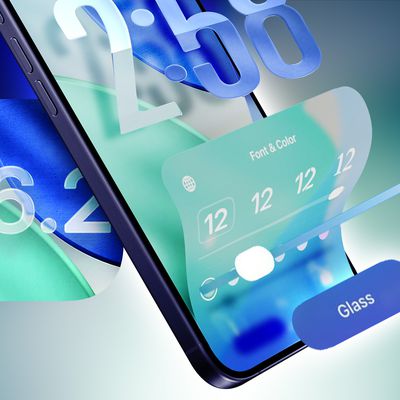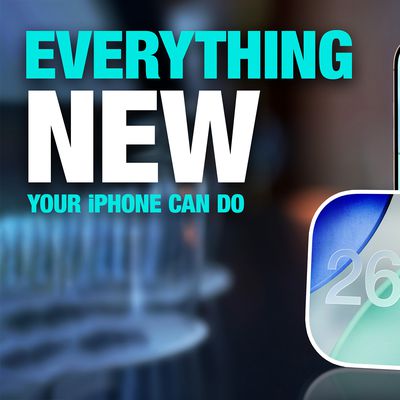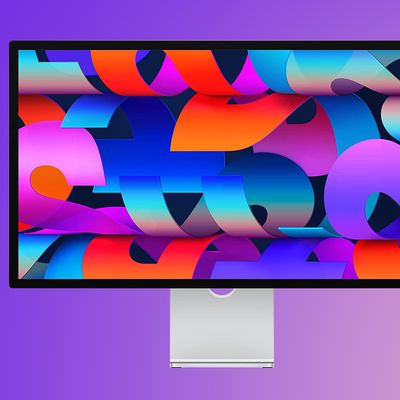Apple Used Google Tensor Chips to Develop Apple Intelligence
Apple used Tensor Processing Units (TPUs) developed by Google instead of Nvidia's widely-used graphics processing units (GPUs) to construct two critical components of Apple Intelligence.

The decision is detailed in a new research paper published by Apple that highlights its reliance on Google's cloud hardware (via CNBC). The paper reveals that Apple utilized 2,048 of Google's TPUv5p chips to build AI models and 8,192 TPUv4 processors for server AI models. The research paper does not mention Nvidia explicitly, but the absence of any reference to Nvidia's hardware in the description of Apple's AI infrastructure is telling and this omission suggests a deliberate choice to favor Google's technology.
The decision is noteworthy given Nvidia's dominance in the AI processor market and since Apple very rarely discloses its hardware choices for development purposes. Nvidia's GPUs are highly sought after for AI applications due to their performance and efficiency. Unlike Nvidia, which sells its chips and systems as standalone products, Google provides access to its TPUs through cloud services. Customers using Google's TPUs have to develop their software within Google's ecosystem, which offers integrated tools and services to streamline the development and deployment of AI models.
In the paper, Apple's engineers explain that the TPUs allowed them to train large, sophisticated AI models efficiently. They describe how Google's TPUs are organized into large clusters, enabling the processing power necessary for training Apple's AI models. Apple has announced plans to invest over $5 billion in AI server enhancements over the next two years, which should bolster its AI capabilities and reduce its dependence on external hardware providers.
In addition to detailing its use of Google's TPUs, the paper addresses ethical considerations in AI development. Apple emphasized its adherence to responsible data practices, claiming that no private user data was used in training its AI models. The company relied on a mix of publicly available, licensed, and open-sourced datasets for training purposes. Apple added that its training data set, which includes publicly available web data and licensed content, was curated to protect user privacy.
Popular Stories
Google Maps on iOS quietly gained a new feature recently that automatically recognizes where you've parked your vehicle and saves the location for you.
Announced on LinkedIn by Rio Akasaka, Google Maps' senior product manager, the new feature auto-detects your parked location even if you don't use the parking pin function, saves it for up to 48 hours, and then automatically removes it once...
Apple has ordered 22 million OLED panels from Samsung Display for the first foldable iPhone, signaling a significantly larger production target than the display industry had previously anticipated, ET News reports.
In the now-seemingly deleted report, ET News claimed that Samsung plans to mass-produce 11 million inward-folding OLED displays for Apple next year, as well as 11 million...
Apple seeded the second iOS 26.2 Release Candidate to developers earlier this week, meaning the update will be released to the general public very soon.
Apple confirmed iOS 26.2 would be released in December, but it did not provide a specific date. We expect the update to be released by early next week.
iOS 26.2 includes a handful of new features and changes on the iPhone, such as a new...
Apple is about to release iOS 26.2, the second major point update for iPhones since iOS 26 was rolled out in September, and there are at least 15 notable changes and improvements worth checking out. We've rounded them up below.
Apple is expected to roll out iOS 26.2 to compatible devices sometime between December 8 and December 16. When the update drops, you can check Apple's servers for the ...
Apple today seeded the second release candidate version of iOS 26.2 to developers and public beta testers, with the software coming one week after Apple seeded the first RC. The release candidate represents the final version iOS 26.2 that will be provided to the public if no further bugs are found.
Registered developers and public beta testers can download the betas from the Settings app on...
Apple today released new firmware designed for the AirPods Pro 3 and the prior-generation AirPods Pro 2. The AirPods Pro 3 firmware is 8B30, up from 8B25, while the AirPods Pro 2 firmware is 8B28, up from 8B21.
There's no word on what's include in the updated firmware, but the AirPods Pro 2 and AirPods Pro 3 are getting expanded support for Live Translation in the European Union in iOS...
Apple is actively testing under-screen Face ID for next year's iPhone 18 Pro models using a special "spliced micro-transparent glass" window built into the display, claims a Chinese leaker.
According to "Smart Pikachu," a Weibo account that has previously shared accurate supply-chain details on Chinese Android hardware, Apple is testing the special glass as a way to let the TrueDepth...
Wednesday December 10, 2025 12:22 pm PST by
Juli CloverThe next-generation low-cost iPad will use Apple's A19 chip, according to a report from Macworld. Macworld claims to have seen an "internal Apple code document" with information about the 2026 iPad lineup.
Prior documentation discovered by MacRumors suggested that the iPad 12 would be equipped with an A18 chip, not an A19 chip. The A19 chip was just released this year in the iPhone 17, and...
Apple's iPhone development roadmap runs several years into the future and the company is continually working with suppliers on several successive iPhone models at the same time, which is why we often get rumored features months ahead of launch. The iPhone 18 series is no different, and we already have a good idea of what to expect for the iPhone 18 Pro and iPhone 18 Pro Max.
One thing worth...
Apple's next-generation Studio Display is expected to arrive early next year, and a new report allegedly provides a couple more details on the external monitor's capabilities.
According to internal Apple code seen by Macworld, the new external display will feature a variable refresh rate capable of up to 120Hz – aka ProMotion – as well as support for HDR content. The current Studio...



